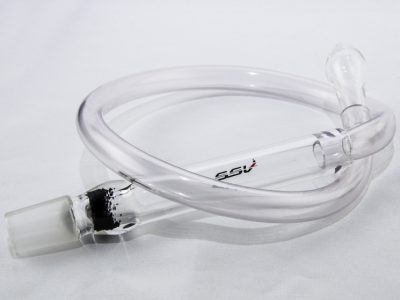What does Translocation mean?
Translocation is a term used to describe the movement of materials within plants. For instance, when carbohydrates are produced in mature leaves, they must be moved to areas where they are needed, but cannot be produced. This is an example of translocation.
In addition to carbohydrates, translocation is also used to move RNA, amino acids, and hormones throughout the plant.
More Info On Translocation
Plants produce the carbohydrates they need within their leaves. Likewise, the roots are responsible for the intake of water and minerals from the surrounding soil. All of these materials must be moved throughout the plant, from the source area (leaves, roots, etc.) to the areas where they are needed. Translocation is the name given to this process.
Translocation is conducted through the phloem, the thin, continuous membrane found just under the bark of the stem or trunk. Within the phloem, you’ll find what are called vascular bundles. These act similarly to blood vessels in mammals, allowing the movement of minerals and carbohydrates from sources (where the material was created or taken in) to sinks (where the materials are needed for use).
Note that translocation is similar to, but different from, transpiration, which is the process of moving water from the roots to the leaves. Transpiration takes place in the xylem, the dead material under the phloem. It is also one-way, only moving from the roots up the trunk to the leaves, and never from the leaves down to the roots.
Translocation does not rely on evaporation from the leaves. Rather, it’s thought to be the result of a pressure change within the plant, as water moves up to the leaves from the roots.
Interestingly, there is more than 10 times the pressure within plant cells as there is in a car tire. This pressure differential allows the movement of materials in both directions through the phloem.







